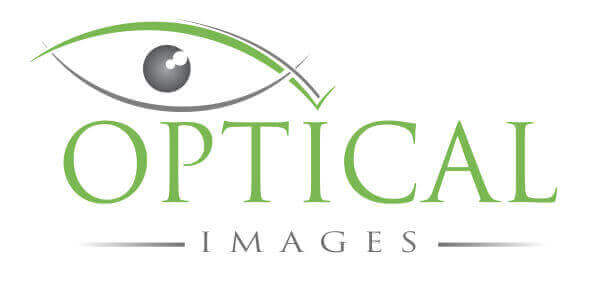 This question reflects the primary concern of almost every patient with Best vitelliform macular dystrophy. The genetic disorder affects central vision, which is vital to reading road signs, seeing traffic lights, and detecting emergencies while driving.
This question reflects the primary concern of almost every patient with Best vitelliform macular dystrophy. The genetic disorder affects central vision, which is vital to reading road signs, seeing traffic lights, and detecting emergencies while driving.
“The thing to know about this disease is that it does not progress to severe vision loss”, says our IALVS colleague and low vision optometrist, Dr. Robert Stamm. Almost all of his patients, he says, can be helped with bioptic telescope glasses. “They can be very efficient, safe, and effective for drivers and help keep their independence through most of their lives with this disease”.
There Are Good Chances for Driving With Best Disease
In most states, low vision optometrists can help you obtain your driver’s license. If you already have a license, but recently experienced a deterioration in your vision, we may be able to help you stay behind the wheel with the help of innovative low vision glasses, custom made to your prescription. Bioptic telescope lenses enable people to keep driving for most of their lives with Best disease.
If you have been told that you won’t be able to drive because your vision does not meet the legal requirements, you should consult a low vision optometrist near you, such as Dr. Ross Cusic. Best disease is a rare condition, and not every eye doctor can help guide you on the laws and devices or custom optics that allow you to drive again.
Driving With the Help of Bioptic Telescope Lenses
Bioptic telescope glasses help people with low vision drive and perform many other vital tasks. These low vision glasses combine your regular prescription lenses on the bottom with telescopic prescription lenses on top. The regular lenses are called the “carrier lens”. The second set of lenses are much smaller and provide high magnification, making an object appear larger and closer, so it is easier to see.
Driving while wearing bioptic telescopes is easy; almost anyone can get used to them. Most of the time, you will be looking through the carrier lenses. As you approach a traffic sign you will be able to read it through the telescopic lenses. All you need is to slightly tilt your head down and focus on the sign to read.
Is Driving With Vision Loss Allowed?
Most states permit driving with the assistance of advanced optics, such as bioptic telescopes. However, the regulations vary according to each state and province. A low vision optometrist can assist you in understanding the rules that pertain to you and help you through the process.
You will generally need to reach a certain level of visual acuity with or without glasses to obtain a driver’s license. The minimum vision requirement varies. In some states, bioptic glasses are mandatory from a specific level.
Check out the local driving laws and regulations here: https://www.ialvs.com/dmv-driving-laws/, or simply contact your nearest low vision optometrist at Low Vision Center At Optical Images.
What Does a Low Vision Optometrist Have to Do With Driving?
Low vision optometrists are familiar with the visual requirements for obtaining a driver’s license. They also know which low vision aids can be used for driving and have the chance of achieving the desired visual acuity for you. Dr. Ross Cusic will examine your eyesight and can maximize your remaining vision.
We work with each patient individually to establish the tasks they wish to accomplish. The next step is to assess and determine which devices and optics can help them reach those goals. Many patients are able to continue driving after working with a low vision optometrist.
Are you concerned about driving or carrying out another activity you value? Contact IALVS optometrist, Dr. Ross Cusic, at Low Vision Center At Optical Images today for a consultation. Schedule a low vision exam to get your personal assessment and let us help you optimize your remaining vision.
Low Vision Center At Optical Images serves low vision patients from Seattle, Bellingham, Olympia, Vancouver, and throughout Washington.
